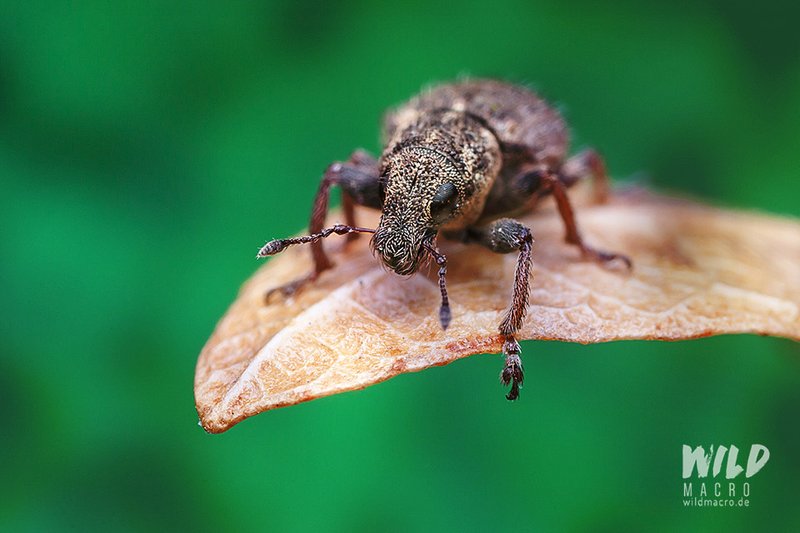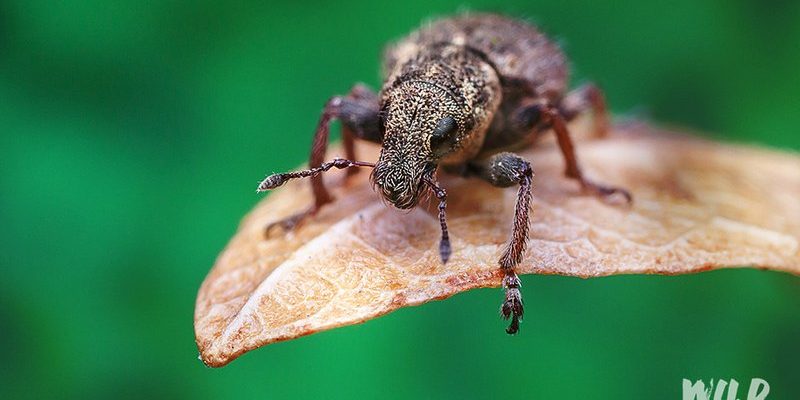
You might picture weevils as mere pests that munch on your pantry staples, but there’s much more to their story. Just as people rely on body language and vocal tones, weevils have developed a variety of ways to share information. From subtle movements to chemical signals, their interactions paint a rich picture of their lives. Let’s take a closer look at the methods weevils use to communicate and interact with each other.
The Role of Pheromones in Weevil Communication
Pheromones are like the weevil’s own secret language. These chemical signals are released into the air or onto surfaces, allowing weevils to inform each other about various things—like food sources or potential mates. When a female weevil is ready to mate, she releases specific pheromones that can attract males from quite a distance. It’s like sending out a “Here I am!” signal that’s hard to ignore.
But pheromones aren’t just for love; they also play a role in food discovery. When a weevil finds a tasty snack, it can leave behind a trail of pheromones to guide others to the feast. It’s similar to how ants communicate about food sources. The more pheromones in the area, the more weevils will gather. This teamwork can be essential when it comes to locating resources in their environment.
Interestingly, weevils can also track the pheromones of their kind, which helps them avoid potential threats. By avoiding areas with high pheromone concentrations from predators, they make safer choices. This chemical communication gives them the upper hand in survival, just like how we humans stick to familiar safe spaces.
Body Language: Non-Verbal Communication
Just like humans, weevils communicate using their bodies. This kind of non-verbal interaction can include various movements, postures, and gestures that convey messages without words. For instance, when a weevil wants to assert dominance or warn off others, it may adopt a more aggressive stance. Picture a tough guy puffing out his chest—that’s exactly what’s happening in the weevil world!
Moreover, during mating rituals, male weevils often perform specific movements to impress potential partners. These displays can range from gentle tapping to elaborate dances, showcasing their fitness and readiness to mate. It’s like a dance-off but on a much smaller scale, where the stakes are biological success.
Body language doesn’t just help with mating; it can also be crucial in parent-offspring interactions. Female weevils may exhibit certain behaviors to signal their young, letting them know when it’s safe or when they should be cautious. This kind of interaction strengthens the bond between them and enhances the survival of the next generation.
The Importance of Sound in Weevil Interactions
You might not expect it, but weevils also communicate through sound. They make subtle vibrations and clicks, especially during courtship. These sounds can be made by rubbing body parts together, a behavior known as stridulation. It’s like creating music in a way that only other weevils can appreciate.
These sounds can play a role in attracting mates or establishing territory. Males often use stridulation to grab the attention of females or ward off competing males. While we can’t hear these tiny sounds easily, they’re a vital part of the communication repertoire among weevils. It’s like having an exclusive concert where only fellow weevils are the audience.
Additionally, sound can help weevils in group settings. When multiple weevils are present, they might use these vibrations to coordinate their activities, whether it’s for feeding or moving to a new location. It’s an unseen symphony of communications that keeps their tiny communities functioning smoothly.
Social Structures: Living in Groups
Weevils can often be found in varying social structures, ranging from solitary to more communal living. Social interactions are influenced by environmental factors and resources available. In some cases, weevils gather around a food source, creating a small community. This group behavior can enhance their survival.
In these communities, communication becomes even more critical. Weevils rely on their chemical signals, body language, and sounds to navigate social interactions. For instance, when competing for resources, certain signals can establish a hierarchy among individuals, determining who gets first dibs on food.
However, weevils are not just about competition. They also engage in cooperative behaviors, like feeding together. When weevils find a robust food source, they may work together to exploit it. In such settings, communication helps ensure that all members of the group benefit, aligning their actions to maximize food intake. It’s a bit like a potluck dinner where everyone brings a dish to share!
Environmental Influences on Communication
Weevils’ communication methods can change depending on their environment. Factors such as temperature, humidity, and even light can impact how they send and receive signals. For instance, high humidity may enhance pheromone dispersal, allowing more efficient communication about food or mates.
Additionally, urban environments might challenge their typical interactions. In a crowded pantry, weevils might need to rely more on physical touch or sound due to a lack of space. Adjusting their communication methods helps them adapt to the challenges of their surroundings.
Interestingly, weevils can also respond to human activities. If they sense changes due to pesticide sprays or other disturbances, their communication patterns may shift. In a way, they’re quite attuned to the world around them, just like we are to our changing environment.
Communication and Survival: The Bigger Picture
So why does all this communication matter? For weevils, effective interaction is paramount for survival. Building relationships helps them find food, mates, and safe spaces. Their intricate communication methods enhance their chances of thriving in their ecosystems.
At a broader level, weevils serve as vital players in the food chain. Understanding their communication strategies can shed light on their ecological roles and how they interact with other species. Their relationships with plants, other insects, and even humans show us how interconnected life is.
The study of weevil communication not only fascinates scientists but can also help in pest management strategies. By learning how these creatures interact, we can develop better ways to manage their populations. It’s like unlocking a hidden code that can aid both ecological balance and human interests.
Weevils might be small, but their communication and interaction strategies are anything but trivial. From using pheromones to body language and sound, these tiny creatures navigate their world in complex ways. Observing how they interact can provide us with insights into their lives and our ecosystems.
So, the next time you spot a weevil, take a moment to appreciate the sophisticated world they inhabit. They’re not just mindlessly munching away; they’re part of a vibrant community, communicating in ways that reflect the richness of life. Understanding their communication is essential not only for appreciating their role in nature but also for safeguarding our shared environment.

